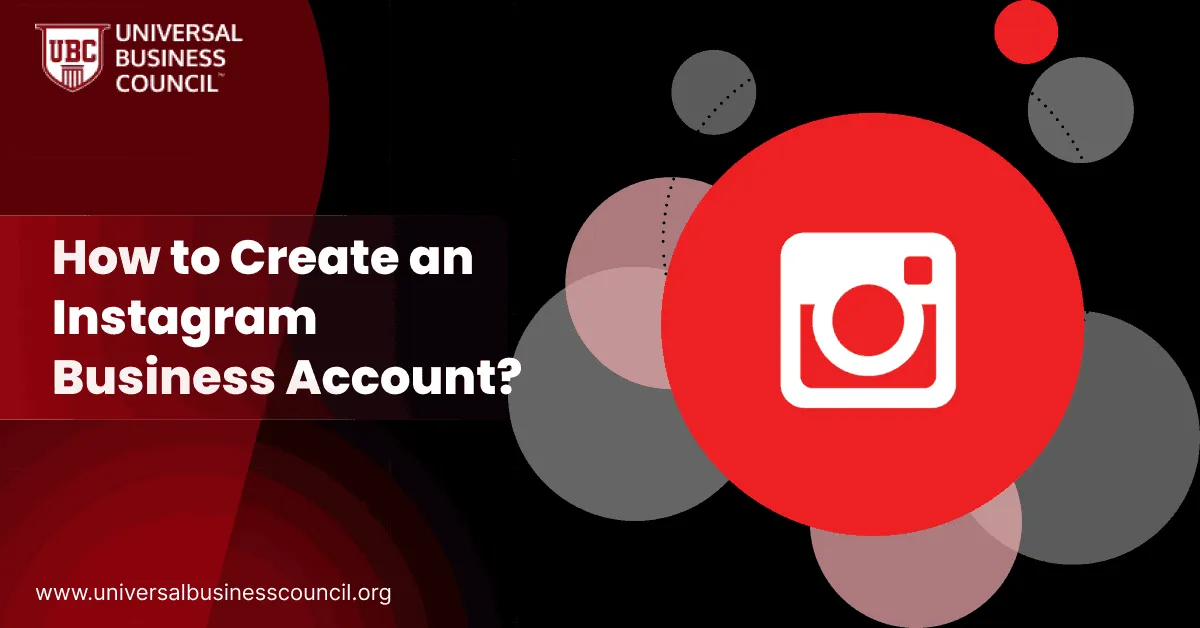 If you want your product or service to stand out, you need a Unique Value Proposition (UVP). This is the one sentence that tells your customer why they should choose you. It clearly explains what you offer, who it’s for, and how it solves a problem better than others.
In this article, you’ll learn how to craft a UVP that is simple, clear, and effective. You’ll also see what makes a UVP strong, how to test it, and where to use it across your business.
If you want your product or service to stand out, you need a Unique Value Proposition (UVP). This is the one sentence that tells your customer why they should choose you. It clearly explains what you offer, who it’s for, and how it solves a problem better than others.
In this article, you’ll learn how to craft a UVP that is simple, clear, and effective. You’ll also see what makes a UVP strong, how to test it, and where to use it across your business.
What is a Unique Value Proposition?
A Unique Value Proposition is not just a tagline or a mission statement. It’s a clear message that answers your customer’s main question: Why should I choose you? A good UVP speaks directly to the customer’s needs. It focuses on benefits, not just features. And most importantly, it explains how your offer is better or different from what’s already out there.Why Your Business Needs a Strong UVP
A well-written UVP helps you:- Grab attention in a crowded market
- Boost your website’s conversion rate
- Guide product design and marketing decisions
- Align your team on what makes your offer unique
Steps to Create a Unique Value Proposition
To build a UVP that works, follow these practical steps. This approach is used by top marketers and product teams.Step 1: Understand Your Audience
Start by knowing who you’re speaking to. Research your ideal customer:- What problems do they have?
- What results are they looking for?
- What words do they use to describe these things?
Step 2: List Features and Turn Them Into Benefits
Take all your product’s features and ask, “Why does this matter to the user?” Convert each one into a benefit. For example:- Feature: 24/7 support
- Benefit: You get help anytime, even at 2 AM
Step 3: Study the Competition
Visit your competitors’ websites and landing pages. Look at how they describe themselves. Ask:- What are they promising?
- What are they missing?
- How are they positioning their brand?
Steps to Write a Unique Value Proposition
| Step | What to Do | Why It Matters |
| 1 | Know your customer | Helps you speak their language |
| 2 | Turn features into benefits | Focuses on what users actually value |
| 3 | Analyze the competition | Finds messaging gaps you can fill |
| 4 | Write and refine a short UVP | Keeps your message clear and simple |
| 5 | Test and improve based on feedback | Optimizes your conversion rates |
How to Write Your UVP
Once you’ve gathered your research, it’s time to write. A strong UVP usually includes:- A short headline (10–15 words)
- An optional subheadline with more context
- A few bullet points or a short description if needed
Where to Use Your UVP
Your UVP should be everywhere your audience interacts with you. Use it:- On your website homepage
- In email subject lines and headers
- In product pages
- On social media bios
- In investor decks and sales presentations
How to Test and Improve Your UVP
A great UVP is not written once and forgotten. You should test and improve it over time. Use the following methods:- Five-second test: Can a user understand your offer in five seconds?
- A/B testing: Compare two versions on landing pages
- Customer feedback: Ask people what they think your product does best
Features of a High-Impact UVP
Let’s look at what makes some UVPs stand out. These elements are common in the most successful examples:Key Traits of a Strong Unique Value Proposition
| Feature | Description | Impact |
| Customer-focused | Speaks to real problems and outcomes | Builds connection and interest |
| Clear and concise | Easy to read in 5 seconds or less | Improves message retention |
| Outcome-oriented | Focuses on benefits, not just features | Shows the user what they gain |
| Competitive difference | Highlights what sets you apart | Helps win over undecided buyers |
| Consistently applied | Used across channels and materials | Strengthens brand identity |
Real-World Examples to Learn From
Here are a few examples of well-crafted UVPs:- Slack: Slack is your Digital HQ Focused and simple. Tells you it’s central to work.
- Mailchimp: Turn emails into revenue Clear benefit in just five words.
- Unbound Merino: Pack less. Experience more. Speaks to travelers and hints at the product’s value.
How Certifications Can Help You Craft Better Messaging
If you work in AI, deep tech, or data, your messaging must turn complexity into clarity. That’s where domain knowledge comes in. Certifications not only boost your credibility but also teach you how to communicate better. You can sharpen your messaging skills by exploring:- The Deep tech certification from Blockchain Council
- The Data Science Certification to translate complex systems into user value
- The Marketing and Business Certification to learn positioning, segmentation, and customer language


